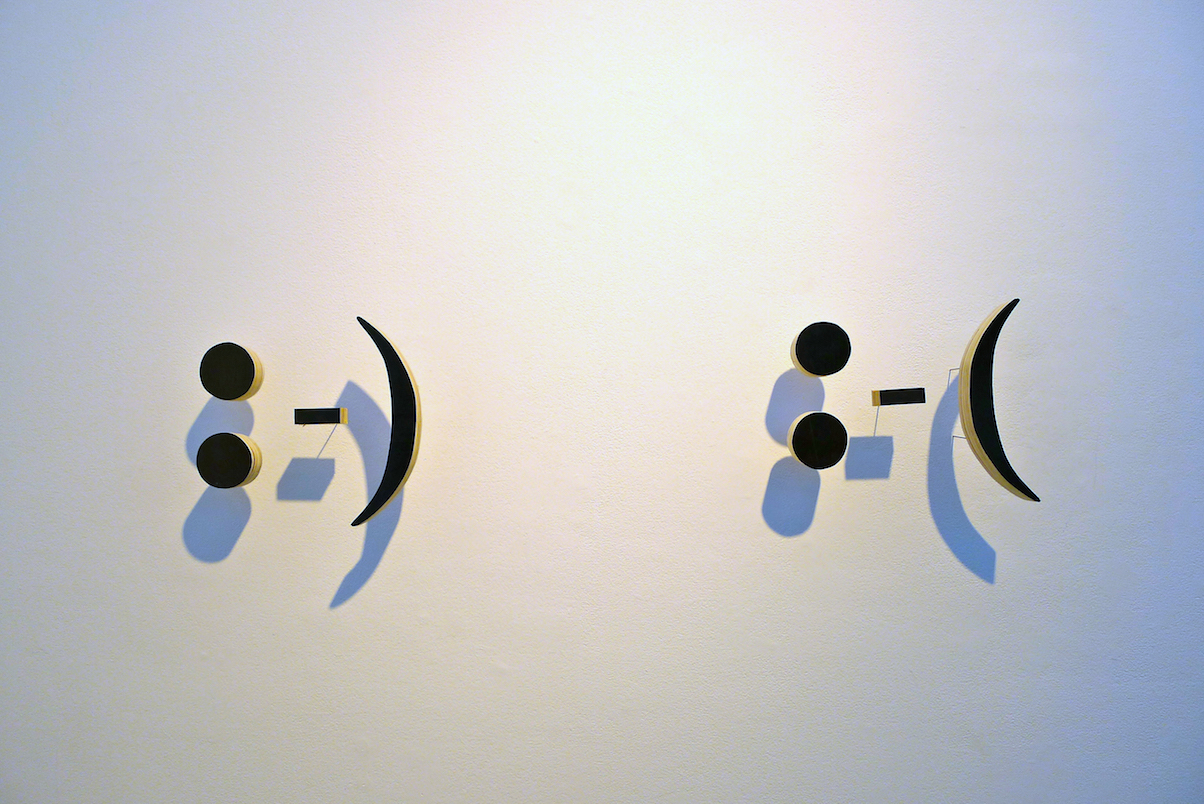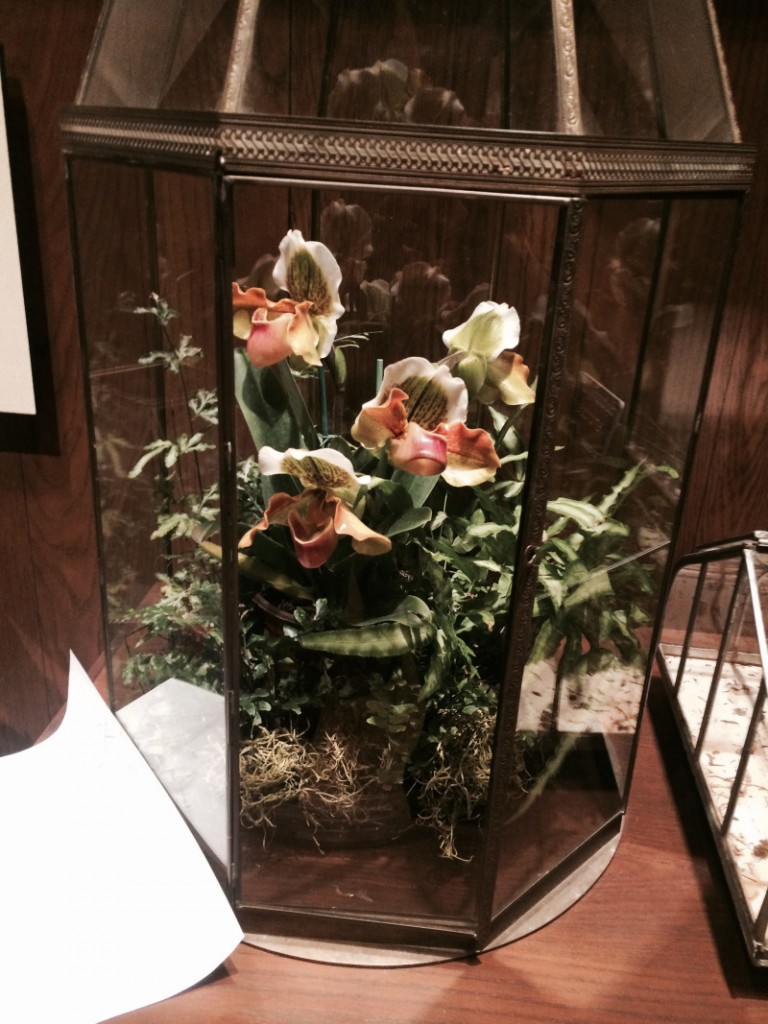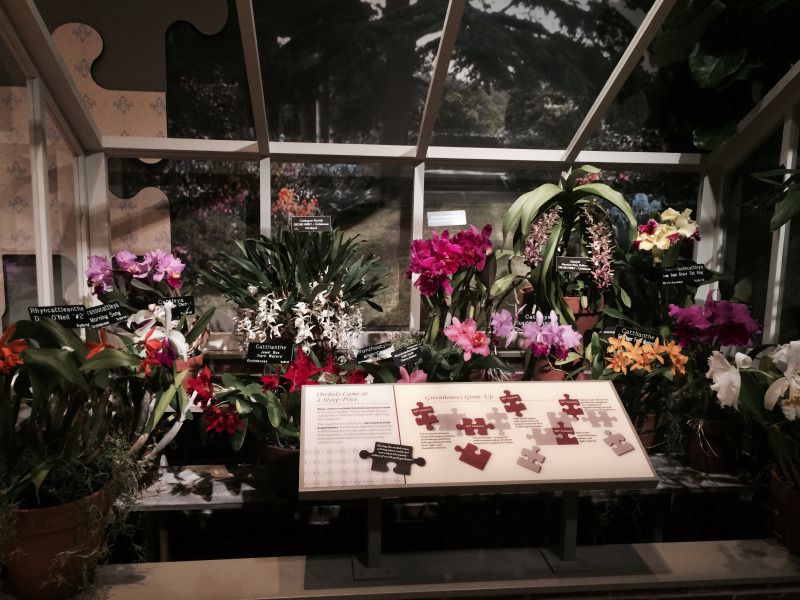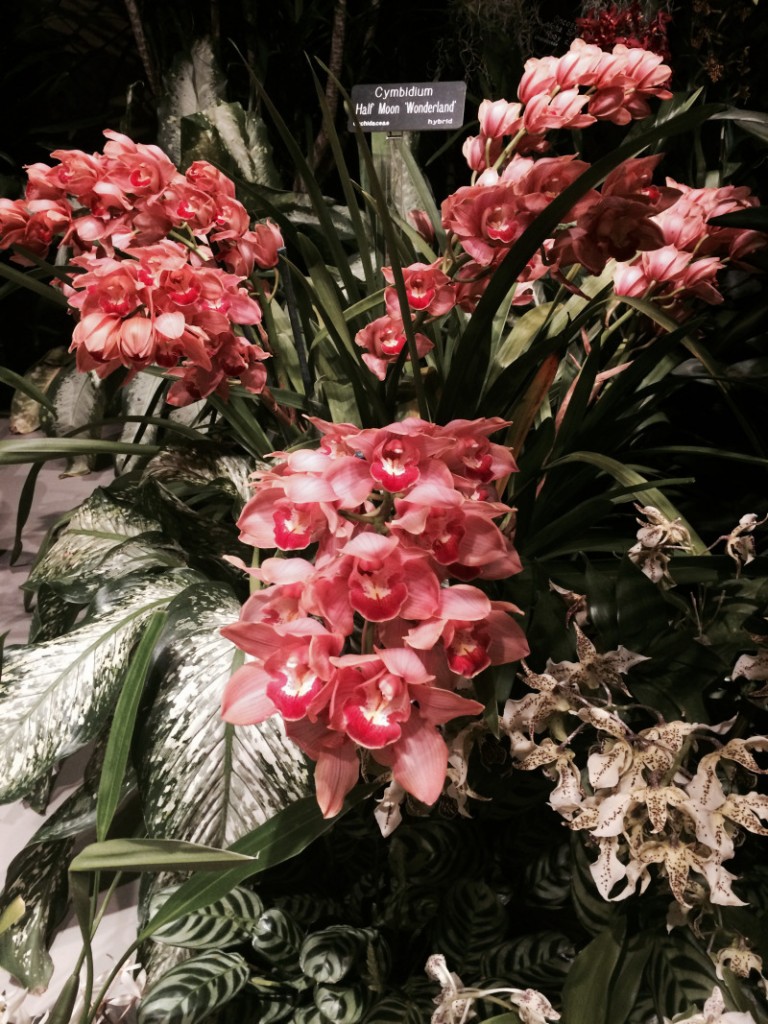Alex Barbera on the 20th Annual Orchid Exhibition: Interlocking Science and Beauty at the Smithsonian’s Museum of Natural History.
The first time I walked through the room, I felt like I was on the most scenic part of the Yellow Brick Road heading to Oz. The elaborate shapes and varying shades of the orchids transfixed me. I was in awe of the way nature creates so many distinct kinds of the same flower. Walking past the tree of hanging orchids, including the Oncostele (nickname ‘Hot Pants to the Trot’) and the Gattlianthe (aka ‘Rajah’s Ruby Sweetheart’), I wouldn’t have been surprised if the flowers sprang to life as soon as they were out of my sight.
Instead of walking to Oz, though, I was walking through the 20th Annual Orchid Exhibition: Interlocking Science and Beauty, where 350 orchids are on display at the Smithsonian’s Museum of Natural History to demonstrate technology’s involvement in the flower’s cultivation. The orchids on view come from both the Smithsonian Gardens Orchid Collection and the United States Botanic Garden (they alternate hosting the exhibit each year) and are regularly tended to and changed by orchid experts, who swap them out depending on the flowers’ conditions.
The exhibit is arranged as one big puzzle, because “each new innovation is like a puzzle piece: it fills in gaps in our knowledge and creates a larger and more complex picture of orchids.” The winding path in the center of the room is walled in on either side by clusters of orchids, which are arranged depending on the technology they are showcasing. Gigantic puzzle pieces (yes, actual puzzle pieces) dispersed through the flowers create a chronological guide through orchids’ relationship to technology, going from the invention of Wardian cases (an early version of a terrarium), to the transformation of greenhouses, to the flowers’ mass production in laboratories, to their protection by scientists in the future.
The exhibition starts with the orchids in classic Wardian cases and then flows to a faux greenhouse to demonstrate the development of the flower’s habitats. The smell of the room hits you immediately – not overwhelmingly, though – like the passing perfume of a woman on a breezy day. After the greenhouse, a colorful hodgepodge of orchids is planted on either elevated side of the path without interruption by foreign objects, other than a wrinkled brown dress on a wiry mannequin that disturbs a bed of flowers to display a corsage. The rest of the display relies on scattered puzzle pieces and a few small video screens to explain the relevance of technology to the orchids.
In theory, the idea of pairing orchids and technology is a great one. The exhibit juxtaposes the intricate shapes and vibrant colors of nature with the rapid progression of science and praises their symbiotic relationship. The newest innovations of technology protect wild orchids, create new species, and produce enough to satisfy the high demand for the flowers around the world. This is a win-win situation.
Walking through this surprisingly short exhibit (350 orchids take up less space than one might think), however, I found myself straddling two very different thoughts.
On my first trip through, I ignored all of the exhibit’s text to focus on the flowers’ unique forms and colors. During my second walk-through, I took the time to read the jumbo puzzle pieces on display with them. One of the pieces read, “How is an orchid like a car? They are both created through mass production. Industrial-scale labs and greenhouses around the world have honed each part of the production process down to a science… like a factory assembly line.” Suddenly I pictured Charlie Chaplin inserting identical orchid petals onto identical stems behind a layer of gray steam. Then I saw orchids in the form of Star Wars Clone troopers. Blame it on my creative imagination, but that single puzzle piece ruined my initial sense of the room’s romance.
I am grateful that scientists are working so hard to conserve and create one of my favorite flowers. But I think I’ll just go on pretending that all orchids grow in the jungle instead of in a galaxy far, far away.
Author Alex Barbera is a harsh food critic, addict of Netflix and dog enthusiast from New York City. She is an expert at getting lost and making guacamole. Her work is also featured on brineblog.com.










